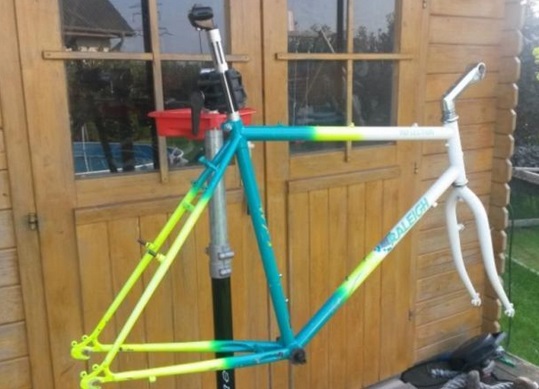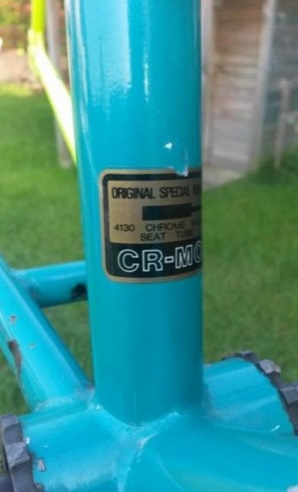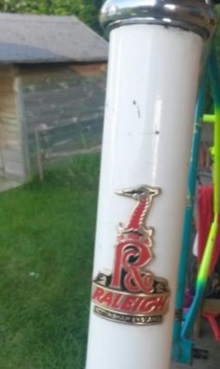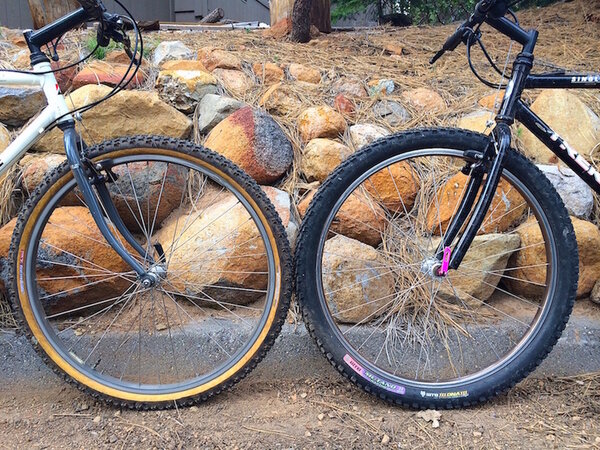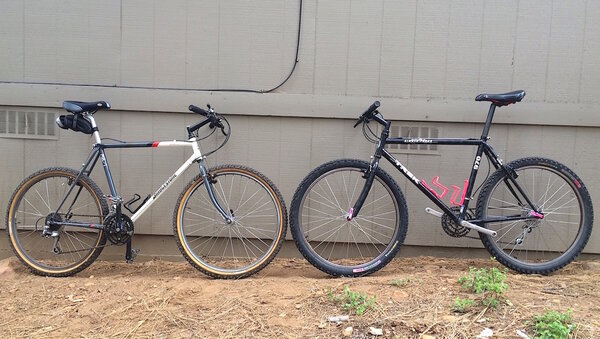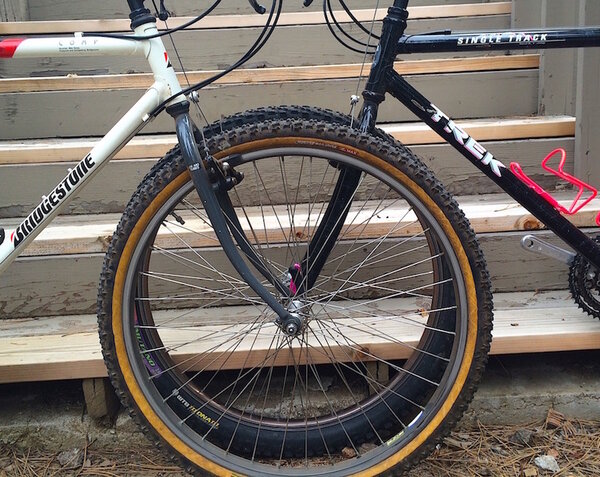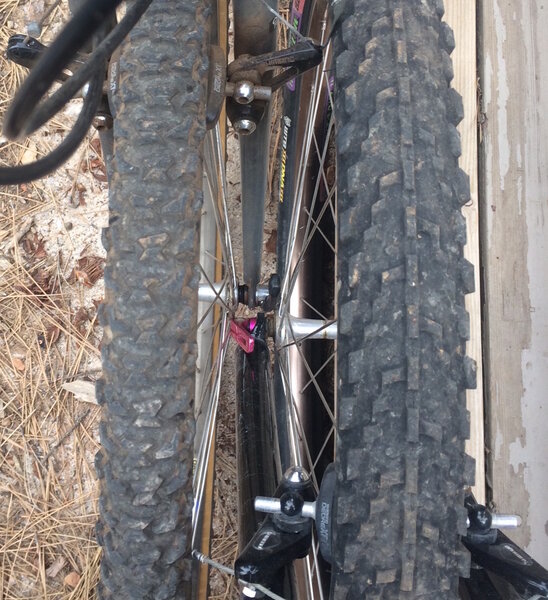Re:
As many have said, modern day steel bikes are expensive because it is a minority market with low production numbers, but quality-wise the mid-top range steel bikes from the 90's are equal if not superior to today's offerings.
In the good old days, because everybody was producing steel bikes, a way to differentiate themselves was using branded tubing (Trek and Diamond Back with True Temper, Specialized and Scott with Tange, etc.) Nowadays that steel bikes are a niche, just saying a bike is steel is already a differentiating factor, and Surly or Rivendell sell "loads" of mid to expensive bikes using generic 4130 unbranded steel.
I also read somewhere that one of the reasons of steel decline was economical. Apparently welding is a bit harder to automatize with the thin steel tubes, while with the thick aluminium tubes (and nowadays the carbon casts) it was relatively easy to get some robots to produce thousands of bikes in very little time, therefore making aluminium bikes cheaper at equal weight to steel bikes, and therefore for manufacturers it was a no-brainer.
To add to that, people still think that an aluminium bike is lighter no matter what, even if they compare a nice high range steel model to a basic aluminium model (my friends are still surprised when my Breezer Lightning from 2012 is way lighter than some of their fancy aluminium bikes).
As to what steel to recommend, I would rather say set a budget, start looking, and whatever matches in terms of price and condition will do. At similar range, I don't think there was a huge difference between brands or tubing (although some experts might claim otherwise). My bikes are True Temper OX (Trek), Tange Infinity (Scott) and generic steel (Breezer) and as usual the only limitation factor is the rider, not the tubing

More important I would say is the quality of the protective paint. My Treks have rock hard paint, while I need to be extra careful with the paint of the Scott as it chips and fades just by looking at it... The Breezer falls somewhere in the middle...
